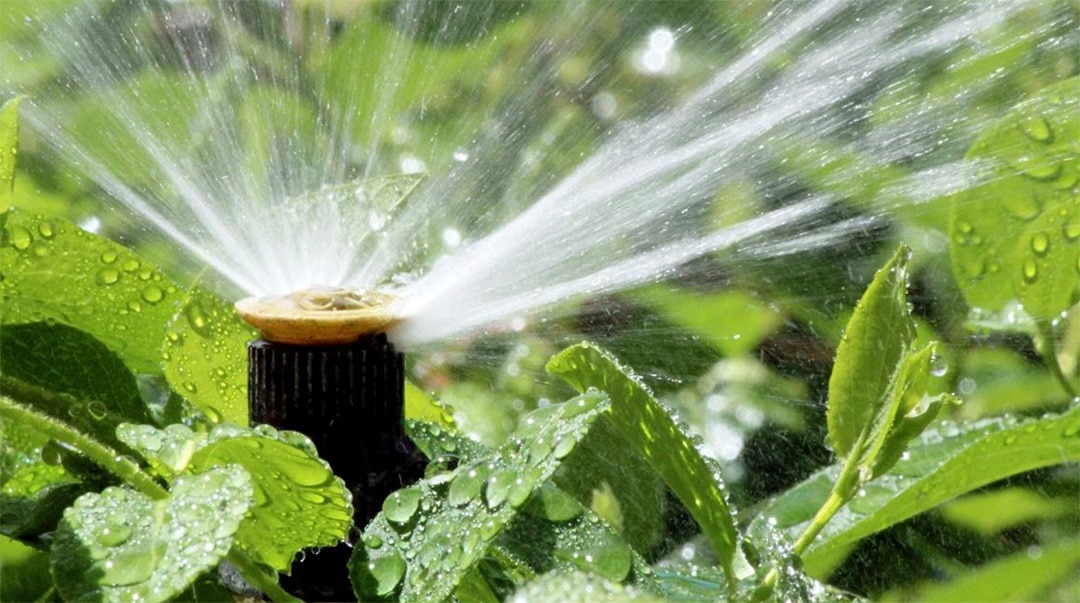Why Defoamers Are Essential in Water Treatment and Waste Management
Why Defoamers Are Essential in Water Treatment and Waste Management
Blog Article
The Duty of Defoamers in Enhancing Item Top Quality and Efficiency
In various making procedures, the visibility of foam can significantly prevent product quality and functional performance. Defoamers function as vital ingredients that alleviate this issue, making sure smoother manufacturing workflows while boosting the useful and visual qualities of the last products (defoamers). Their application extends a multitude of sectors, from food and beverage to drugs, where uniformity and dependability are vital. However, the selection of the appropriate defoamer can be important to accomplishing ideal results, raising crucial questions about solution compatibility and efficiency metrics that merit additional exploration.
Recognizing Defoamers
Recognizing the role of defoamers is important for preserving product top quality throughout numerous sectors. Defoamers are chemical ingredients created to prevent the formation and reduce of foam in liquid systems, which can negatively impact processes such as blending, filling up, and surface area stress. Foaming can result in ineffectiveness, item issues, and jeopardized aesthetic appeal, making defoamers a critical part in making procedures.
In commercial applications, defoamers aid to boost product consistency and security. For example, in the paint and layers market, foam can interfere with the application process and the last coating. Likewise, in food and beverage manufacturing, extreme foam can hinder bottling and packaging efficiency (defoamers). The efficient use defoamers not only ensures smoother manufacturing processes however additionally adds to premium item performance.
Additionally, the selection and formula of a defoamer must straighten with details application requirements, such as compatibility with various other ingredients, efficiency under varying temperature level and pH conditions, and possible regulatory constraints. Eventually, understanding defoamers' functions and their relevance in various formulas is important for maximizing production and making sure the best final product.
Types of Defoamers
Defoamers can be classified right into several types based upon their composition and system of activity. The key kinds include silicone-based, non-silicone natural, and not natural defoamers.
Silicone-based defoamers are amongst one of the most effective, largely due to their ability to spread swiftly on the fluid surface and interfere with foam development. Their unique chemical structure enables exceptional stability, making them appropriate for high-temperature applications and settings with differing pH levels.
Non-silicone organic defoamers, often composed of natural oils or fatty acids, are valued for their biodegradability and reduced poisoning. These are generally utilized in food and beverage applications where safety and ecological impact are critical.
Inorganic defoamers, that include compounds like talc or calcium carbonate, act by raising the thickness of the fluid, therefore reducing foam security. They are typically used in commercial procedures where compatibility with other materials is not an issue.
Each kind of defoamer has unique advantages and limitations, permitting tailored solutions depending on the details frothing problems come across in different applications. Comprehending these differences is crucial for maximizing efficiency and accomplishing desired item high quality.
Applications Across Industries
Various industries leverage defoamers to improve product quality and functional effectiveness. In the food and beverage field, defoamers are critical in procedures such as brewing and dairy manufacturing to avoid foam development, which can cause ineffectiveness and item variance. By controlling foam, producers can guarantee far better yield and an extra uniform product.
In the pharmaceutical sector, defoamers play an essential role in the formula of liquid medications, where too much foam can restrain blending and precise dosing. Their use aids maintain the honesty of the solutions and assists in smoother manufacturing processes.
The paint my blog and coatings market also relies upon defoamers to improve the performance of items throughout application. By lessening foam, these additives make sure a smoother coating and enhance the aesthetic top qualities of the final item.

Benefits of Utilizing Defoamers
While the application of defoamers differs throughout markets, their benefits regularly enhance product high quality and process efficiency. One significant advantage is the decrease of foam formation throughout producing processes, which can otherwise cause manufacturing hold-ups and variances in product high quality. By lessening foam, defoamers make it possible for a smoother circulation of products, assisting in much more efficient operations and reducing the likelihood of tools breakdowns.
Additionally, making use of defoamers can boost the look and structure of end products. In markets such as layers, paints, and food handling, extreme foam can compromise the aesthetic appearances and general high quality, while the suitable defoamer index application ensures a consistent finish and preferable characteristics. Defoamers can contribute to set you back savings by lowering waste during manufacturing and enhancing the usage of raw materials.

Choosing the Right Defoamer
Choosing the best defoamer is critical for maximizing production procedures and making certain item top quality. The selection of defoamer affects not just the effectiveness of foam control but also the total efficiency features of the final product. Factors to consider consist of the sort of application, the look at here chemistry of the formula, and the environmental conditions under which the item will certainly be utilized.
Different industries may require specific defoamer kinds, such as silicone-based, natural, or polymeric defoamers. Comprehending the compatibility of the defoamer with the primary components is vital to stay clear of negative reactions that could endanger product stability. Additionally, the defoamer's performance in numerous temperatures and pH degrees need to be examined to guarantee consistent efficiency.
Examining the defoamer in small applications can provide beneficial insights right into its efficiency and viability. Factor to consider of regulatory compliance, specifically in food, pharmaceuticals, and cosmetics, is paramount in selecting a defoamer. Inevitably, a complete assessment of these elements will certainly lead to the selection of a defoamer that not just controls foam efficiently yet also improves the high quality and efficiency of the end product.
Verdict

In conclusion, defoamers are essential additives that dramatically improve product quality and performance across various markets. By successfully lowering foam formation, these agents not only enhance operational performance yet likewise contribute to the functional and visual integrity of products. The calculated option and application of defoamers bring about set you back financial savings, maximized resource use, and boosted client contentment. On the whole, the importance of defoamers in commercial procedures can not be overstated, as they play an important function in accomplishing top notch and regular end results.
Lathering can lead to ineffectiveness, product issues, and endangered visual allure, making defoamers a critical part in producing operations.

Report this page